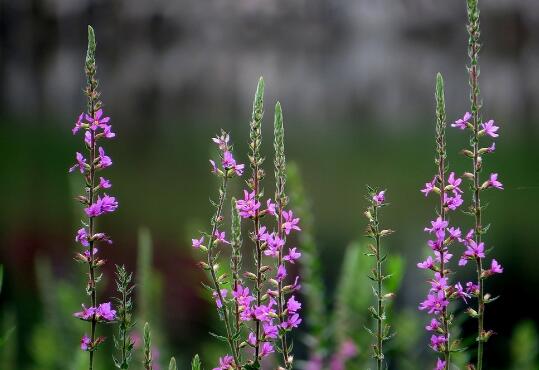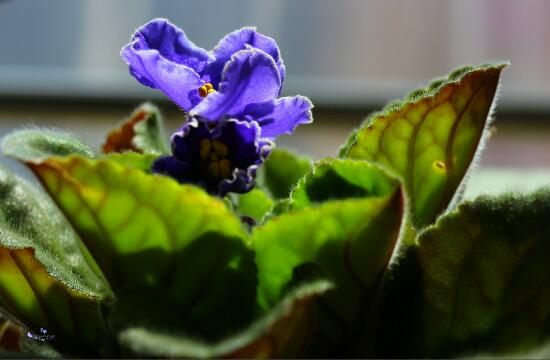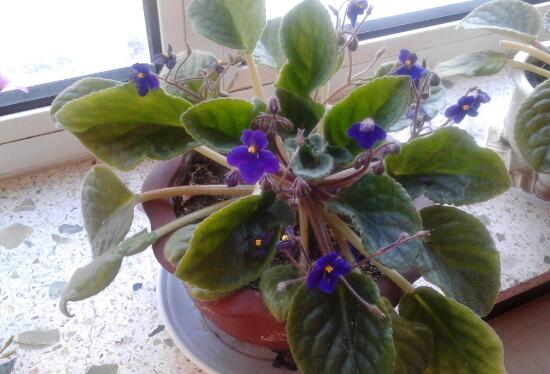How to raise Qianchi, the breeding methods and precautions / sunshine should be sufficient.
It can be seen in Asia, Europe, Africa and other regions, but it is not easy to raise it well, and there are many places that need to pay attention to. About how to raise Chiqu vegetables? What are the breeding methods and matters needing attention of Qianqu? Next, the editor will take you to learn about it.
First, how to raise Qianqu vegetables and understand their habits

If you want to know how to raise Chikki, first of all, we need to understand its growth habits. This plant likes a sunny environment and is relatively hardy. It can be said that its survival ability is very strong, but it wants to make it grow better. Then daily water and fertilizer management cannot be careless. Specific maintenance techniques are described in detail below. Let's take a look at that.
2. Culture methods and matters needing attention of Qianqingcai
1. Humus soil
We first need to choose soil before raising Chiqu, which is a step to lay a good foundation and is very important. generally speaking, it is best to choose loose and fertile humus soil, which is rich in organic matter. and drainage and air permeability are better, can make the plant grow better.
two。 Fertilize, once a month
Fertilizer is one of the main nutrients in the growth process, especially after entering the growth period, its demand for fertilizer is very large, basically every other month to apply fertilizer. However, there is one thing we should pay attention to when applying fertilizer, that is, the fertilizer must be diluted with water first. If the concentration is too high, it will burn the plant.
3. Moisture, avoid stagnant water
Watering is an indispensable link in the growth process of a plant, and Chichu is no exception. When we breed it, we should water it frequently to keep the soil moist, so that it can grow better. However, we need to pay attention to the control of watering. This kind of plant is not resistant to waterlogging, if it causes stagnant water, it is easy to cause its roots to rot.
4. Sunshine, sunshine should be sufficient.
This kind of plant prefers sunny environment, the stronger the light, the better it will grow, because in this way it can better carry out photosynthesis. Therefore, when we breed it, it is best not to put it in the shade, otherwise it will affect its growth, and in serious cases, it will lead to plant atrophy and death.
5. Timely prevention and control of diseases and insect pests
When we breed Chichu, if we are not careful enough, it is easy to let diseases and insect pests enter while we are not careful. This kind of problem is very harmful to the plant, so we must deal with it in time when we find the problem, because the longer the time drags on, the greater the harm to the plant will be. As for the specific treatment methods, you can refer to the article on pest and pest control of Qianchi, which is described in detail.
How do you grow chili? Culture methods and matters needing attention of Lysimachia chinensis
Lysimachia chinensis is a kind of graceful and brightly colored herbaceous plant, which can not only be used for waterside greening, but also can be watched in potted plants. it has strong vitality and simple management. Next, let's take a look at the culture method of Chichu.
The Culture method of Chimonanthus
Basin soil selection
Potted Chiqu vegetables can be chosen according to their needs when choosing flowerpots. You can choose a flowerpot with a larger diameter and plant several more plants in clusters, or you can choose a small flowerpot with a diameter of about 20cm to do a miniature pot. Potted Chichu needs to use pond mud and the soil should be fertile.
Light and temperature
Chiqu likes a warm and well-lit growing environment, which needs light and keeps the environment ventilated. Chiqu is also more hardy. In winter, it can spend the winter outdoors.
Water and fertilizer management
Most of them grow in marshes or wetlands. They like to be wet and grow better in shallow water, so during the growth period, it is necessary to ensure that there is plenty of water in the flowerpots. Even in cold winter, keep the pots moist and water them regularly. Chiqu doesn't need to be fertilized frequently, just add some base fertilizer in the pot room. However, if the leaves are yellow, you can apply some fertilizer.
Reproduction method
The reproduction of Lysimachia chinensis is mainly based on ramet propagation and cutting propagation, and it can also be sown and propagated, all of which are easy to survive.
Matters needing attention in culturing Chiku
Qianqu vegetables like strong light, cold resistance, like water and wet, do not have to worry about watering to death, lax requirements on the soil, deep and fertile basin soil grows better.
The propagation of Lysimachia chinensis can be done by sowing, cuttage, ramet and so on. Family potted plant ramet or cuttage can be. Cuttings can be carried out from June to July, take about 10 cm of twigs, obliquely insert them into muddy water, and take root in 1 month.
Pruning is the most important for potted plants. The height of the seedling is 10 cm. When the new plant grows to 8-10 cm, it is picked once, and then the new one continues to pick the heart. After 3 times of pruning, the plant type is sturdy, plump, and the inflorescence is luxuriant.
Culture methods and matters needing attention of Lysimachia chinensis
The selection of pot soil for the culture method of Chimonanthus
Potted Chiqu vegetables, when choosing flowerpots, you can choose flexibly according to your own needs. You can choose a flowerpot with a larger diameter and plant several more plants in clusters, or you can choose a small flowerpot with a diameter of about 20cm to do a miniature pot. Potted Chichu requires the use of pond mud and requires fertile soil.
Light and temperature
Chiqu likes a warm and well-lit growing environment, which needs light and keeps the environment ventilated. Chiqu is also more hardy. In winter, it can spend the winter outdoors.
Water and fertilizer management
Qianchi mostly grows near swamps or wetlands, it likes to be wet and grows better in shallow water, so during the growth period, it is necessary to ensure that there is water in the flowerpot. In the cold winter, it is also necessary to keep the pot moist and can be watered frequently. However, Qianchi does not need regular fertilization, in the pot room to add some base fertilizer, you can. However, if the leaves are yellow, you can apply some fertilizer.
Reproduction method
The reproduction of Lysimachia chinensis is mainly based on ramet propagation and cutting propagation, and it can also be sown and propagated, all of which are easy to survive.
Matters needing attention in culturing and pruning
In order to control the plant height, it is necessary to pick the heart in the growth process of Chichu. Pick the heart for 1 or 2 times to dwarf the plant. After flowering, the residual flowers should be cut off, which can promote the germination of new flower buds and make the next batch of flowers bloom. Usually, the branches and leaves that are too dense can be trimmed off, which is conducive to ventilation, while in winter, the old branches should be cut off, which is conducive to overwintering.
Diseases and insect pests
The diseases and insect pests of Qianqu are less, and there will be the harm of spot disease, which is caused by disease spots on the leaves. Sometimes, because of poor ventilation and the harm of red spiders, you can kill insects with insecticides. The growing environment of Chichu must be ventilated.
- Prev

How to raise African violets, the culture methods and matters needing attention of African violets
African Violet, friends who have seen it should be impressed. It is small and exquisite in shape and colorful, and it is very ornamental when raised indoors. In life, because African violets are good-looking, many people want to keep them. How to raise African violets?
- Next

How are African violets watered? how often are African violets watered / every 3-7 days?
When raising African violets indoors, what florists like most is watering. If it is a veteran, it is OK to say that it will be watered in real time according to the growth status of the plant, but if it is a novice, it will not be easy. There is no idea how long and how much African violets will be watered. So how are African violets watered?
Related
- Fuxing push coffee new agricultural production and marketing class: lack of small-scale processing plants
- Jujube rice field leisure farm deep ploughing Yilan for five years to create a space for organic food and play
- Nongyu Farm-A trial of organic papaya for brave women with advanced technology
- Four points for attention in the prevention and control of diseases and insect pests of edible fungi
- How to add nutrient solution to Edible Fungi
- Is there any good way to control edible fungus mites?
- Open Inoculation Technology of Edible Fungi
- Is there any clever way to use fertilizer for edible fungus in winter?
- What agents are used to kill the pathogens of edible fungi in the mushroom shed?
- Rapid drying of Edible Fungi

